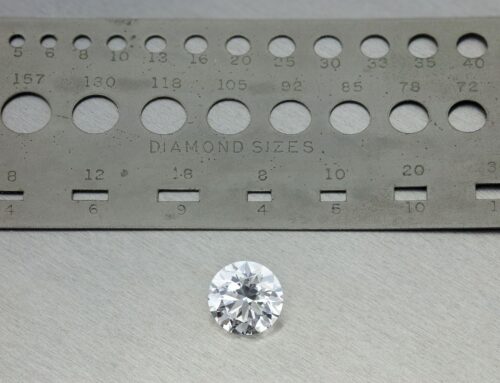
Zimbabwe Landscape | photo by MAZZALIARMADI.IT via Flickr.com
An official statement released by the European Union confirms their decision to resume doing business with the Zimbabwe Mining Development Corporation, ending its ban on the importation of rough diamonds from the nation.
Zimbabwe’s diamond exports were suspended under the Kimberley Process in 2009 due to allegations of human rights abuse and corrupt military control, but the ban was lifted in 2011 with the stipulation that the country remain under monitoring for one year. As of November 2012, the monitoring was removed and Zimbabwe has remained in good standing with the Kimberley Process ever since.
About the Kimberley Process
The Kimberley Process (KP) was created in 2002 and entered into force in 2003 as a way of preventing conflict diamonds from entering the legitimate diamond trade. Membership is open to any and all countries that are willing and able to comply with KP requirements, and the states of the European Union constitute a single member. As of now, roughly 99.8% of the world’s diamonds are produced by KP member states.
Participants must commit to maintaining transparent processes in regard to their diamond industries and submit to exchanging statistical data. They must also put in place national institutions and legislation and impose export and import controls in the interest of keeping the diamond trade conflict-free. Member states can then only legally trade with other members who have met the requirements.
The EU had blocked previous attempts to lift the ban on Zimbabwe and waited almost two years after the country’s suspension had ended to remove its mining company from the list of bodies that they refuse to do business with.
Post Revisions:
There are no revisions for this post.





Leave A Comment